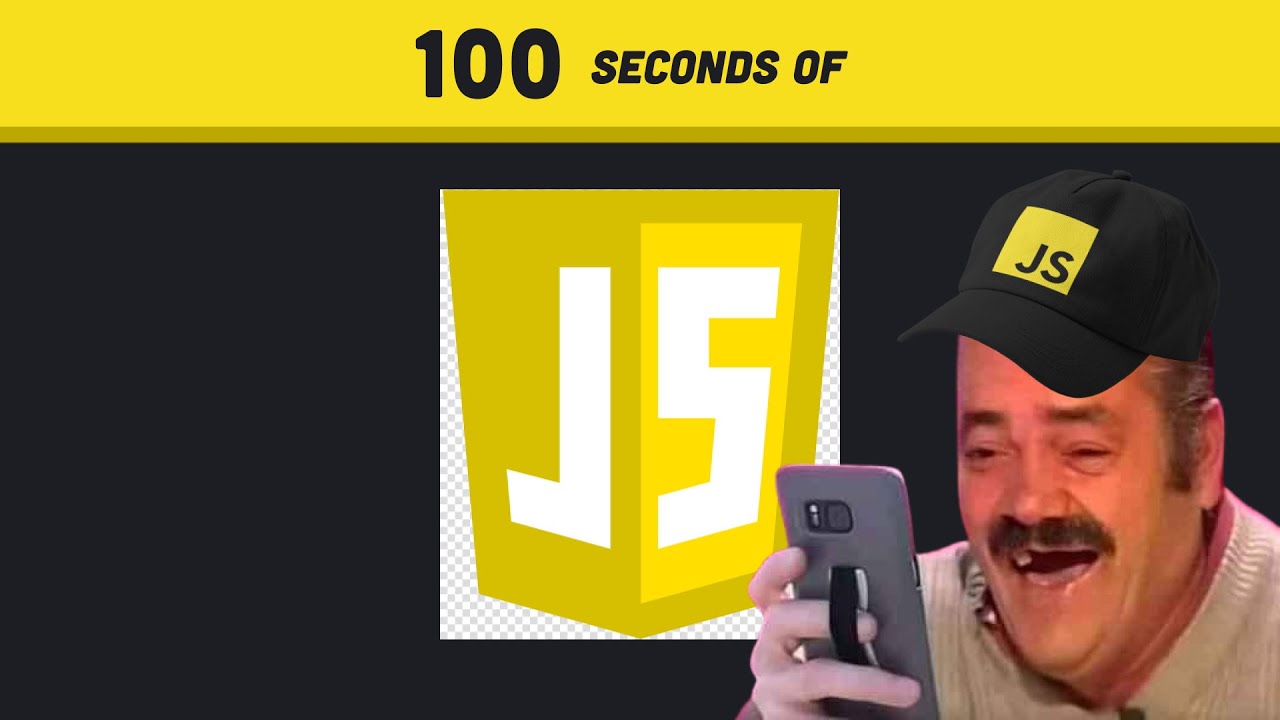How LinkedIn Destroyed The Labor Market
Summary
TLDRThis video critiques LinkedIn's role in modern job searching, highlighting its flaws in fostering genuine career opportunities. Despite being the largest professional network, LinkedIn amplifies corporate inefficiencies, data harvesting, and the proliferation of 'ghost jobs.' The platform's emphasis on surface-level metrics, such as resume optimization and perceived availability, diminishes genuine qualifications, penalizing candidates for authenticity. The speaker contrasts this with the success they found in personal networking, suggesting that despite the dominance of LinkedIn, there are still alternative ways to find meaningful connections and job opportunities beyond corporate platforms.
Takeaways
- 😀 LinkedIn, initially a networking tool, is now the world's largest professional platform, but its effectiveness in securing jobs is highly questionable.
- 😀 Despite recruiters relying on LinkedIn, only 0.8% of applications actually result in a hire, indicating a broken hiring process.
- 😀 Historically, job acquisition was about genuine demand and mutual investment, not navigating misleading listings or endless optimizations.
- 😀 In the past, most roles were filled internally, fostering loyalty and job stability—values now undermined by the corporate emphasis on efficiency and shareholder profits.
- 😀 The rise of outsourcing and external recruiting has shifted the labor market, leaving candidates vulnerable to deceptive hiring practices on LinkedIn.
- 😀 LinkedIn has become a platform that amplifies corporate culture, often at the expense of genuine candidate evaluations and company loyalty.
- 😀 Ghost jobs, where positions are posted without the intent to hire, have become rampant on LinkedIn as companies try to maintain a talent pool without hiring.
- 😀 LinkedIn’s AI-generated recruiters and fabricated profiles contribute to the illusion of job opportunities, while actually harvesting personal data.
- 😀 The focus on surface-level assessments in LinkedIn's hiring process means that many qualified candidates are overlooked, and hiring decisions are based on perceptions rather than skills.
- 😀 LinkedIn encourages a perception-driven job market, where the emphasis is placed on fitting into a corporate mold rather than showcasing true qualifications or skills.
- 😀 Despite these challenges, personal connections and small community-based networking can still lead to more meaningful job opportunities than LinkedIn itself.
Q & A
Why is LinkedIn considered problematic according to the script?
-LinkedIn is seen as problematic because it has become a platform that prioritizes surface-level metrics, such as profile optimization and perceived desirability, over genuine qualifications and meaningful interactions. It also amplifies corporate strategies like ghost jobs and data harvesting, which harm job seekers.
What role did LinkedIn originally serve, and how has it evolved?
-LinkedIn started as a digital networking tool aimed at connecting professionals, but it has since grown into the world’s largest professional platform. Over time, it has become more focused on corporate interests, data collection, and amplifying hiring biases, rather than genuinely helping candidates find jobs.
What is the problem with 'ghost jobs' mentioned in the script?
-Ghost jobs are positions posted with no intention of hiring, often used by companies to maintain an illusion of growth, create a talent pool, or gather personal data. These job listings mislead candidates and waste their time.
How does LinkedIn contribute to the phenomenon of ghost jobs?
-LinkedIn contributes to ghost jobs by allowing companies to post fake or unnecessary job listings, which can mislead candidates into thinking opportunities exist when they do not. Additionally, AI-generated profiles and fake job ads help maintain this illusion.
What is the issue with LinkedIn's use of personal data?
-LinkedIn, owned by Microsoft, shares personal data collected from users with external services, including targeted advertising companies. This data is harvested for commercial purposes, contributing to a broader surveillance economy that compromises user privacy.
What is the hiring process like on LinkedIn, according to the script?
-The hiring process on LinkedIn is described as superficial, with recruiters often spending only 6 to 8 seconds reviewing a candidate's profile. This short attention span means that many qualified candidates are overlooked, and hiring decisions are based on profile optimization rather than true skills or experience.
Why does the script suggest LinkedIn penalizes candidates with the 'Open to Work' banner?
-The script suggests that the 'Open to Work' banner signals desperation rather than availability, which could negatively impact candidates. Recruiters may perceive candidates as less desirable because they appear to need the job, rather than being sought after.
How does LinkedIn's emphasis on surface-level assessments affect job seekers?
-LinkedIn's emphasis on surface-level assessments like keywords, profile pictures, and other metrics discourages genuine talent evaluations. It creates a competitive environment where job seekers must focus more on optimizing their profile rather than showcasing real skills and qualifications.
What impact does LinkedIn's bias against employment gaps have on candidates?
-LinkedIn's system penalizes candidates with employment gaps by promoting profiles without such gaps more prominently. This biases the system against individuals who may have taken time off for personal reasons, leading to the exclusion of valuable candidates.
What does the script say about the increasing requirements for job listings on LinkedIn?
-The script highlights that over the past five years, job listings on LinkedIn have become more demanding, with a 20% increase in required skills. This makes it even harder for new graduates or those with non-traditional career paths to secure employment.
Outlines

This section is available to paid users only. Please upgrade to access this part.
Upgrade NowMindmap

This section is available to paid users only. Please upgrade to access this part.
Upgrade NowKeywords

This section is available to paid users only. Please upgrade to access this part.
Upgrade NowHighlights

This section is available to paid users only. Please upgrade to access this part.
Upgrade NowTranscripts

This section is available to paid users only. Please upgrade to access this part.
Upgrade NowBrowse More Related Video
5.0 / 5 (0 votes)





